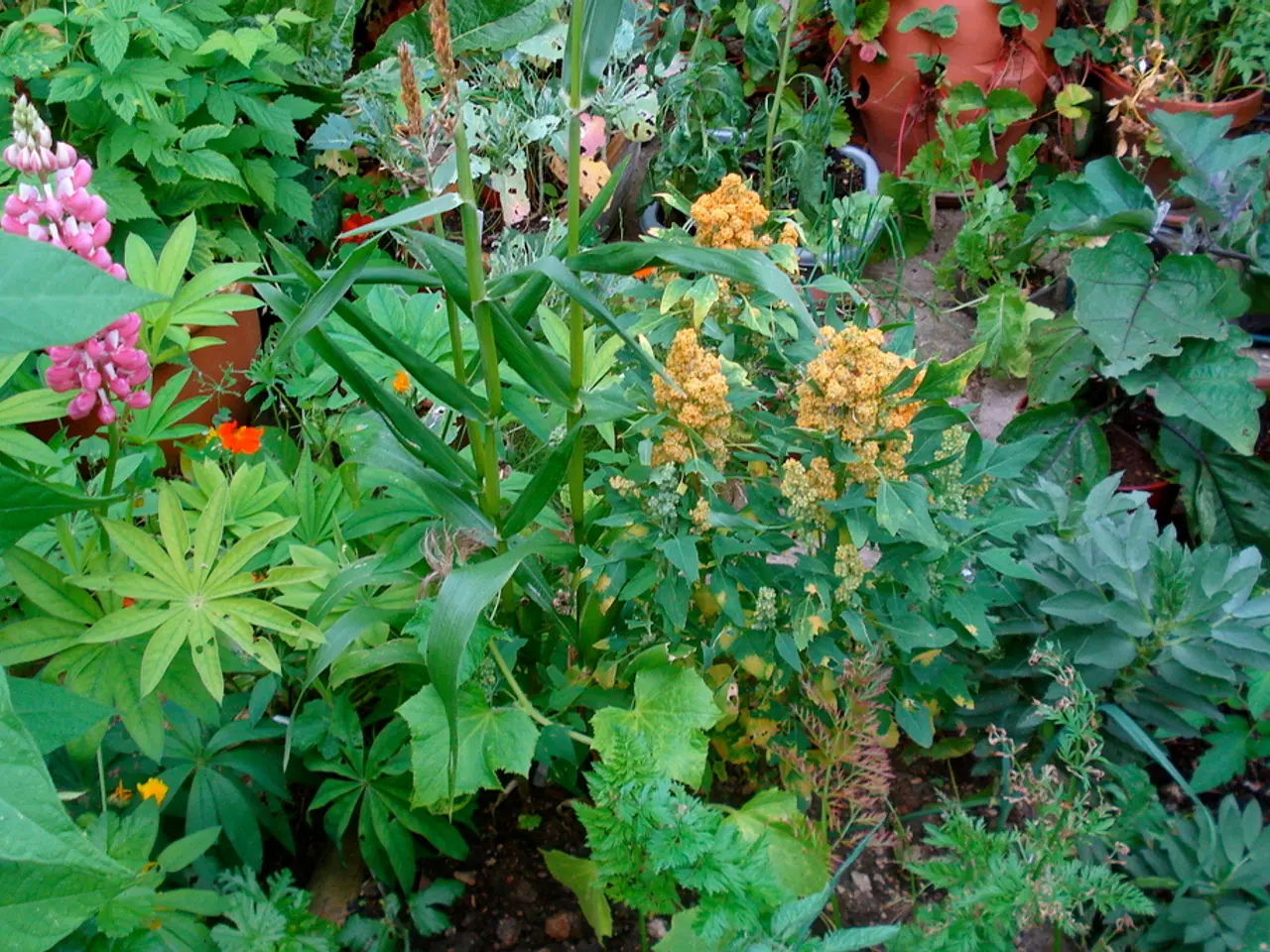Adapting Horticulture for Physically Challenged Individuals
Gardening can be a rewarding and therapeutic activity, but for those with physical limitations, it can present challenges such as limited mobility, knee pain, fatigue, and difficulty getting up from the ground. However, adapting off-the-shelf tools and modifying familiar gardening techniques can help overcome these obstacles, making gardening more comfortable and safer.
Ergonomic tools play a significant role in reducing strain on the body. Tools with cushioned, extended, or curved handles, such as those with foam insulation for grip comfort, help keep joints stress-free and wrists in neutral positions, particularly beneficial for arthritis sufferers or those with limited hand strength. Lightweight and brightly colored tools also improve ease of use and reduce fatigue.
Tool modifications, like using tool caddies or aprons to keep tools within reach, and attaching extension handles, further reduce bending and repetitive motions. Assistive devices, such as garden kneelers that convert to seats, garden scooters, lightweight and self-coiling hoses, and adjustable hose wands, also help reduce physical exertion and allow gardening from seated positions.
Raised beds are another solution for those with joint pain or limited mobility. By lessening the need to bend or kneel, they accommodate gardeners with various physical limitations. Beds can be customized in height and shape, catering to ease of reach and wheelchair or walker access. Wide pathways between beds minimize the risk of falls and increase accessibility.
Energy conservation and task management strategies, like limiting gardening to 30-minute sessions with breaks, spreading tasks over several days, and organizing a central gardening station, help manage fatigue and physical limitations.
Powered equipment can be adapted for strenuous gardening tasks, such as planting, weeding, and cutting. High-quality gripping gloves can protect hands and increase dexterity. Identifying tasks and aspects of gardening that maximize endurance and efficiency can help save time and energy.
Simple gardening style changes, such as stretching before and after gardening, breaking tasks into small increments, taking regular breaks, and using the correct posture, also contribute to a more comfortable gardening experience. Garden seeders, readily available with variations including syringe-type dispensers and trowels with seed dispensers, are also beneficial.
Container gardening, window boxes, hanging baskets, trellises, and raised beds offer alternative garden types for easier accessibility. A two-wheeled wheelbarrow or a lighter plastic/aluminum cart with large wheels can be used to transport materials or plants.
In conclusion, adaptive tools and modified techniques reduce physical barriers, making gardening an enjoyable and therapeutic activity for individuals with physical limitations. This approach is supported by ergonomic tool design specifically for arthritis or limited mobility and by ergonomic garden layouts such as raised beds that cater to ease of access and minimized strain.
This fact sheet was reviewed by Karen Mancl, PhD, and Pat Luchkowsky.
[1] Source: Adaptive Gardening: Tools, Techniques, and Strategies for Gardening with Physical Limitations, Michigan State University Extension. [3] Source: Gardening for People with Disabilities: A Guide to Adaptive Techniques and Equipment, University of Illinois Extension. [5] Source: Adaptive Gardening: A Guide to Accessible Gardening for People with Disabilities, University of Minnesota Extension.
- Ergonomic tools, with cushioned, extended, or curved handles, help keep joints stress-free and wrists in neutral positions, especially for arthritis sufferers or those with limited hand strength.
- Using tools caddies or aprons, attaching extension handles to tools, and incorporating assistive devices like garden kneelers and scooters, reduce bending, repetitive motions, and physical exertion.
- Raised beds cater to gardeners with various physical limitations, lessening the need to bend or kneel, and can be customized to accommodate wheelchair or walker access.
- Adopting strategies such as energy conservation, task management, and proper posture, alongside using simple gardeners like seeders, contribute to a more comfortable gardening experience for individuals with physical limitations.
These recommendations come from resources like Adaptive Gardening: Tools, Techniques, and Strategies for Gardening with Physical Limitations from Michigan State University Extension, Gardening for People with Disabilities: A Guide to Adaptive Techniques and Equipment from the University of Illinois Extension, and Adaptive Gardening: A Guide to Accessible Gardening for People with Disabilities from the University of Minnesota Extension.




